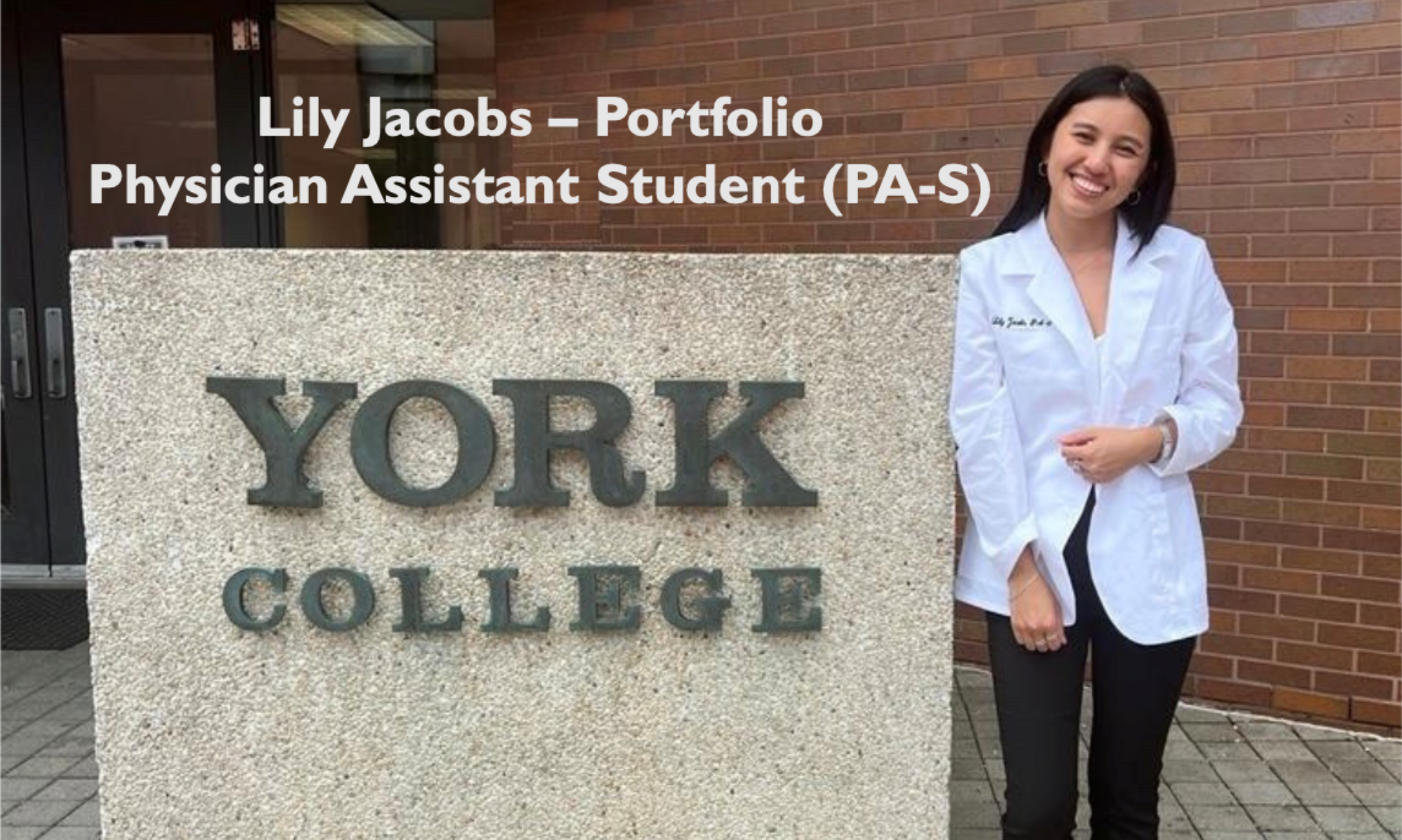OB/GYN may have been one of my favorite rotations thus far. I was excited to be in a field where I would be learning to improve healthcare outcomes specifically for female patients and enhance my understanding of the unique-gender specific health issues. This 5 week rotation was split between three areas: clinic, labor and delivery, and gynecological surgeries. I started out in the clinic, which was a great introduction as I learned how to deliver routine care to patients there for their gynecological annual exams or for their prenatal visits. The next two weeks I was in labor and deliver, which was unlike any experience I have had before. I had some exposure to it during my pediatrics rotation in the NICU, but to be on the floor for 12 hours was eye-opening and thrilling. It made the overnight shifts and 24 hour shift worth it. For my last week I was part of the gynecology surgical team. There were not many surgeries scheduled for that week, which was a bit disappointing, but I was grateful to be able to scrub into a myomectomy.
I am thankful for the PAs that I followed during clinic because they gave me the opportunity to really participate in the care of the patient. I became comfortable in performing breast exams, speculum exams with Pap smears and STI tests, and bimanual exams. I remember when I was first given the chance to use the ultrasound and the memorable excitement of finding the fetus and seeing all the small parts. The providers let me measure the fundal height and use the Doppler to measure the fetal heart rate for almost all the patients that came in. High risk clinic was on certain days of the week and I got to see how management would change if the patient had gestational diabetes, history of placenta previa, history of preeclampsia etc. While I was on the labor and delivery floor, I had the chance to participate in the vaginal deliveries (delivering the placenta, taking placental ABG) and scrub into the C-sections.
In addition to the procedural skills I performed, while I was on L&D, I was responsible for taking the history and presenting to the resident if a patient presented in labor and delivery triage or if there was an ED consult. I not only learned how to take a focused H&P, but how they like it to presented to them. One part of the history that I may not have thought of asking if not otherwise told so was a history of asthma. 45% of patients with a history of asthma have an asthma exacerbation during pregnancy, which can significantly decrease the amount of oxygen in the blood and the amount of oxygen that reaches the fetus. This can increase the risk of pre-eclampsia, preterm birth, low birth weight, and cesarean delivery. Another responsibility I had was updating the floor board, which had information on the patients currently admitted to labor and delivery, including gestational age, if they were induced or not and at what time, dilation and effacement, lab values, and medical conditions that may complicate the delivery. I felt that I was learning a new language, which I had to become familiar with very quickly.
One memorable moment during the rotation was when I was in a C-section of a baby that was thought to be complete breeched with the head in the upper right abdomen but was actually in the transverse position. The cut was made too high, so parts of the baby was below and above the incision site. It felt like it took forever for the providers to pull the baby out, with the fear, which I later found out, that the baby was going to have at least one broken limb. They were trying to quickly get the baby out as possible but also staying aware of the mother, the amount that she was bleeding, and other potential complications. OB/GYN providers have the profound responsibility in balancing between maternal and fetal health, making it truly a multifaceted role.
After completing the rotation, I think that I got a good sense of what it is like to work in OB/GYN. It was one of my favorite classes I took during didactic year and I liked the rotation just as much. It felt like a privilege to take care of potentially two lives. Two areas that I had hoped to have more exposure to was patients seeking abortion or patients dealing with infertility. I think there is a potential emotional component that may accompany such situations that I don’t feel particular prepared for or equipped to educate on.


